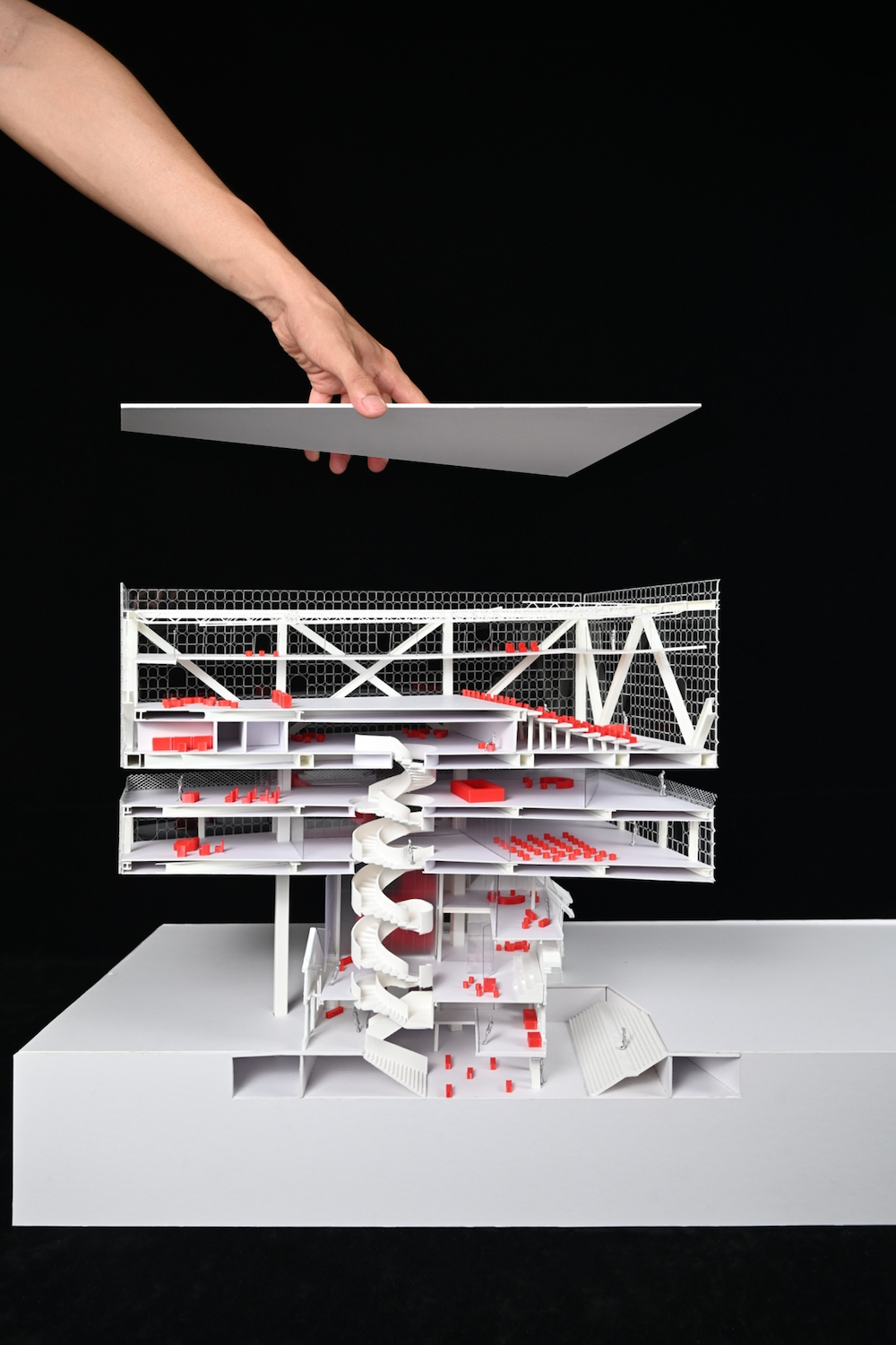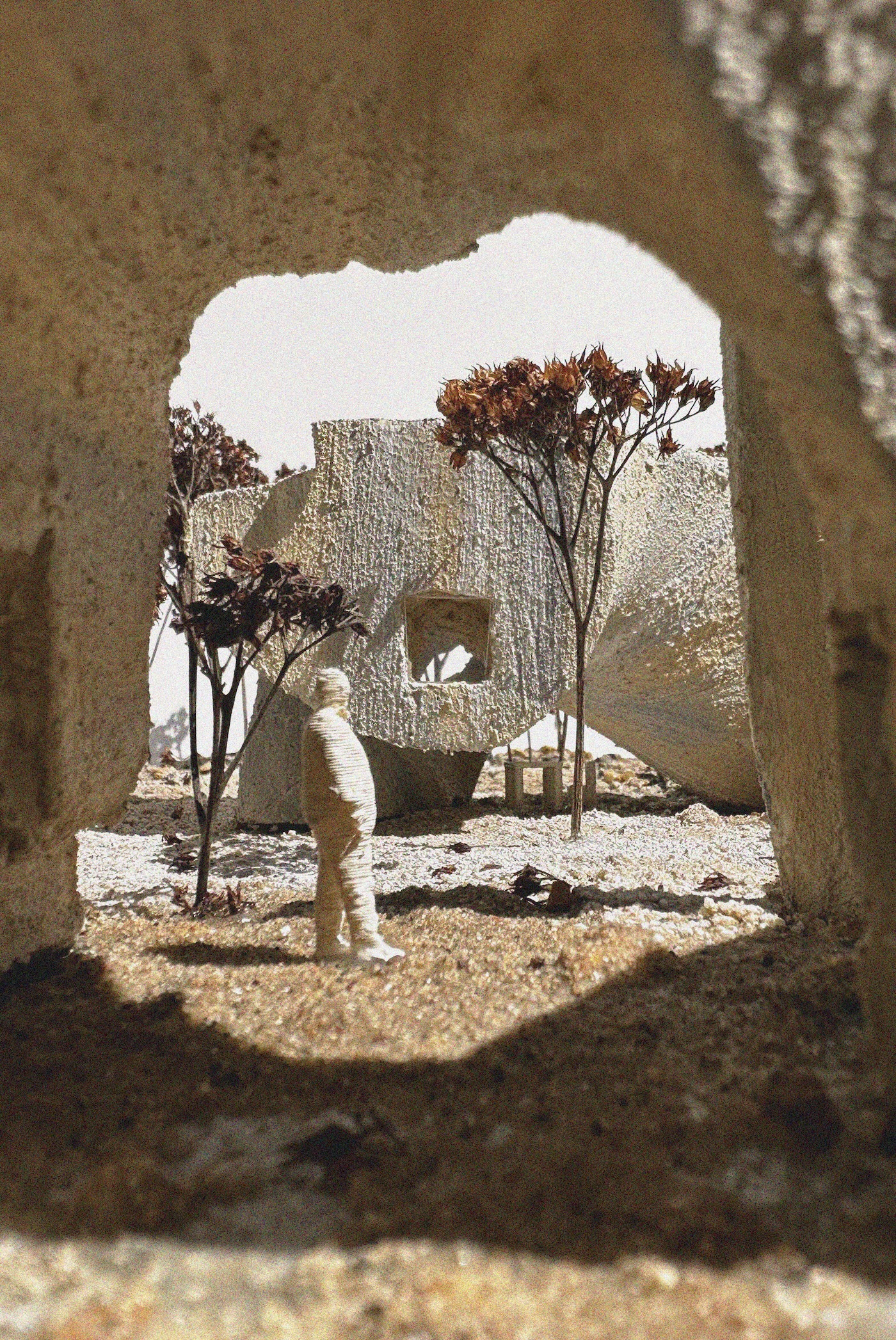Living Urban Watershed
Reconfiguring Charlestown through the localized retention of urban stormwater.
The Living Urban Watershed aims to transform the often rigid social and environmental boundaries and edges which appear to separate, divide, or confine. Instead, it reimagines these boundaries as gradients of thresholds, nodes, and transitions favorable to different forms of social and ecological interactions while addressing the concerns of sea level rise and stormwater inundation.
This project shifts the focus of watershed management from a regional to a localized scale, encouraging on-site stormwater management as a fundamental element of the near-future city. By reimagining urban blocks and streets through the lens of water and alternative ownership models, it seeks to reshape our relationship with water, redefine how we experience the city, and foster a more collaborative approach to coexistence.
Graphically, the project seeks to visualize water flows in new ways. While traditional orthographic projections, such as plans and sections, are essential for understanding social aspects, they fall short in accurately representing natural flows. By unfolding profiles in plan into surfaces and volumes, the project reveals how water moves across horizontal and vertical planes, highlighting its interconnectedness.
Changing rainfall patterns are expected to significantly impact Charlestown, a coastal neighborhood in Boston. Through personal experience, observation, and the media, residents are aware of conflicts between human activity and nature, like flooding, sea-level rise, and infrastructure damage. These forces represent some of the most tangible and pressing environmental challenges of our time.
However, the community’s perspective on water does not nearly reflect this concern. Instead, water is seen as a valuable resource and a potential solution to other environmental challenges, such as rising temperatures.
This was underscored by the closure of the community swimming pool, mandated by the mayor’s office during the summer of 2022, which left residents without access to water during extreme heat. This positive and resource-oriented attitude toward water informs the project’s foundation, preparing future generations to navigate an era where human-stormwater interaction is increasingly important.
To make living with water a reality, the project proposes two key strategies: a buy-in strategy that transforms the interiors of city blocks into shared, collective spaces, and an alternative ownership model that allows residents to gradually gain tenure over the street while expanding the public realm. These strategies challenge current ownership patterns, land-division practices, and stormwater infrastructure and management to create a more resilient urban fabric.
Ultimately, the project introduces a flexible framework where ownership evolves based on time, seasons, needs, and environmental conditions. This adaptive approach is far more resilient in addressing complex and ever-changing social and ecological challenges, integrating water as a connected system into the urban landscape.
Author: Christopher Lucas Dobbin
Advisors: Rosalea Monacella (Harvard Graduate School of Design)
Special Thanks: Lorena Bello Gomez (Harvard Graduate School of Design)
Author Instagram















